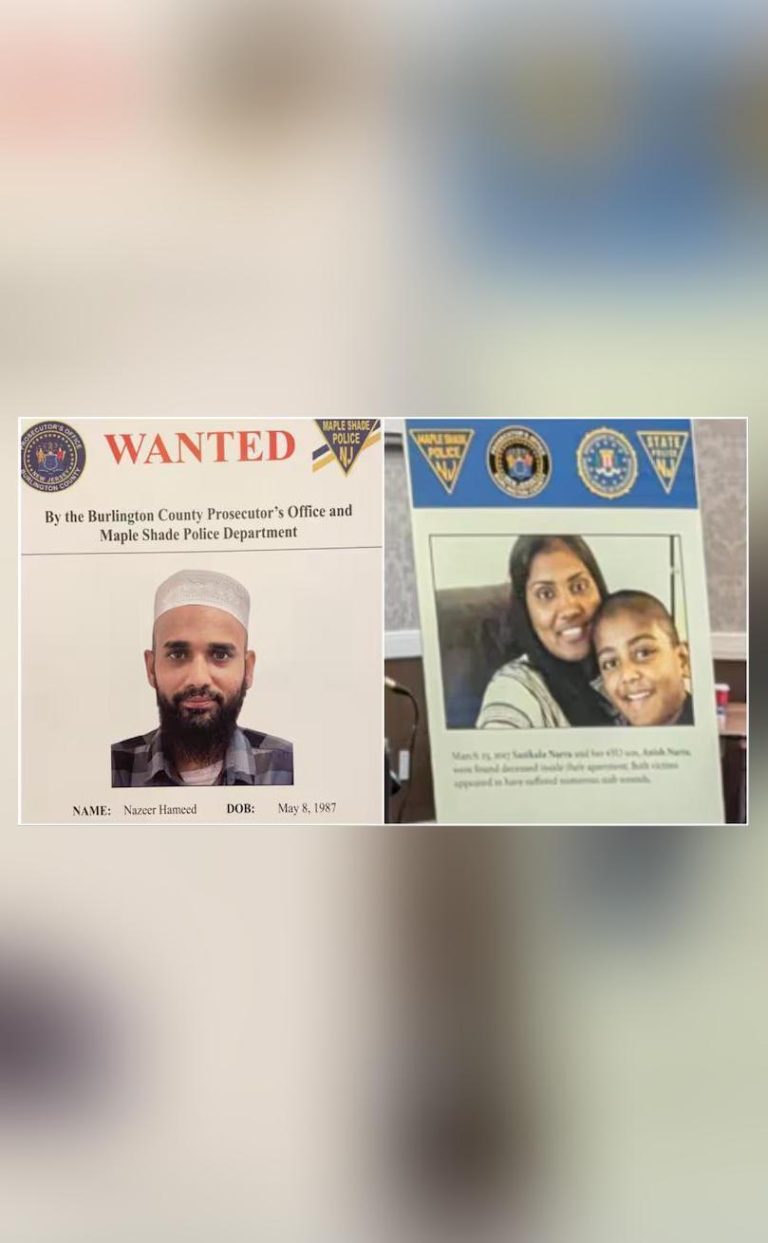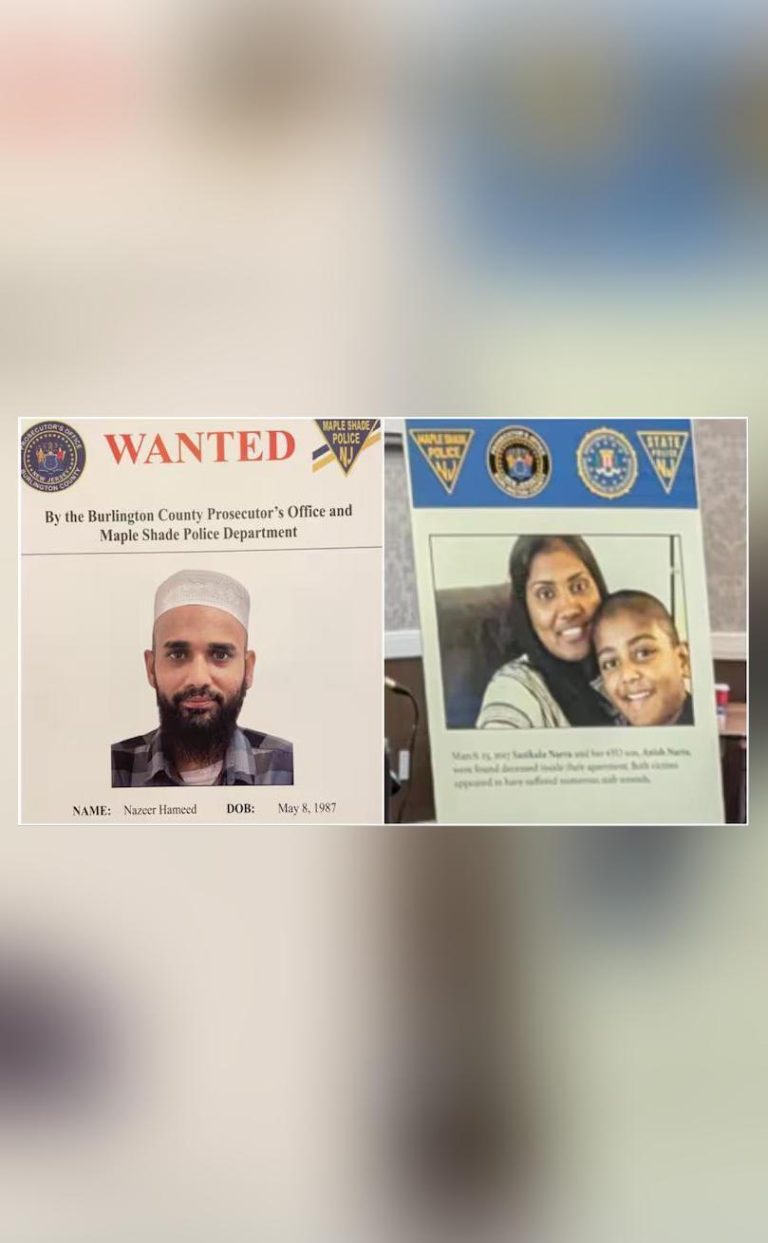
How have US police solved Andhra woman & her son’s murder after 8 years?
The United States has a reputation for having one of the most advanced and efficient law enforcement systems in the world. However, even with the latest technology and investigative techniques, some crimes can go unsolved for years, leaving families and communities in a state of limbo. One such case was the brutal murder of an Andhra Pradesh woman, Sasikala, and her son, which took place in New Jersey in 2017. The case went cold, but recently, the US police have made a breakthrough, solving the case after eight long years. In this blog post, we will delve into the details of the case and how the police were able to crack it.
Sasikala and her son were found dead in their home in New Jersey, sending shockwaves through the community. The police launched an investigation, collecting evidence and interviewing witnesses, but despite their best efforts, they were unable to identify a suspect or make an arrest. The case went cold, and the family of the victims was left without closure. The husband of Sasikala, who was also the father of the son, was devastated by the loss of his loved ones and was eager to see justice served.
The breakthrough in the case came recently when DNA recovered from a suspect’s company-issued laptop allegedly matched a blood sample found at the crime scene. The suspect, Nazeer Hameed, is an Indian man who worked with Sasikala’s husband and lived within walking distance of the family. This revelation has sent shockwaves through the community, as many people who knew Hameed are struggling to come to terms with the fact that they may have known a murderer.
So, how did the police finally crack the case? According to reports, the police had been re-examining the evidence they had collected from the crime scene, including DNA samples. They had also been re-interviewing witnesses and re-investigating the alibis of potential suspects. It was during this process that they discovered a DNA sample on Hameed’s company-issued laptop that matched a blood sample found at the crime scene. This was the breakthrough they needed to make an arrest.
The police were able to obtain Hameed’s company-issued laptop as part of their investigation, and it was during the analysis of the laptop that they discovered the DNA sample. The laptop had been issued to Hameed by his employer, and it is likely that he had used it for both personal and professional purposes. The fact that the DNA sample was found on the laptop suggests that Hameed may have used the laptop at the crime scene or handled it after the crime was committed.
The police have not released all the details of the case, but it is clear that the discovery of the DNA sample on Hameed’s laptop was a crucial piece of evidence. The police were able to match the DNA sample to Hameed, and this, combined with other evidence, led to his arrest. The police have also stated that Hameed lived within walking distance of the victims, which suggests that he may have been familiar with the family and their routine.
The solving of this case is a testament to the dedication and perseverance of the US police. The case had gone cold, but the police never gave up, and they continued to work tirelessly to bring justice to the family of the victims. The use of DNA evidence was crucial in cracking the case, and it highlights the importance of forensic science in modern policing.
The case also raises questions about the safety of Indian families living in the US. Sasikala and her son were killed in their own home, which is supposed to be a place of safety and security. The fact that the suspect was someone who knew the family and lived in the same community is particularly disturbing. It highlights the need for communities to be vigilant and to look out for one another.
In conclusion, the solving of the case of Sasikala and her son’s murder is a significant breakthrough for the US police. The use of DNA evidence and the dedication of the police have brought justice to the family of the victims. The case is a reminder of the importance of perseverance and the need for communities to come together to prevent such tragedies from occurring in the future.
The case has also sparked a debate about the need for greater support for Indian families living in the US. Many Indian families face unique challenges, including cultural and language barriers, and they may be more vulnerable to crime. The case highlights the need for greater awareness and education about crime prevention and the importance of community policing.
As the case continues to unfold, it is likely that more details will emerge about the events surrounding the murder. The police have not released all the details of the case, and it is likely that there will be more revelations in the coming weeks and months. One thing is certain, however: the solving of this case is a testament to the power of justice and the importance of never giving up in the pursuit of truth.






